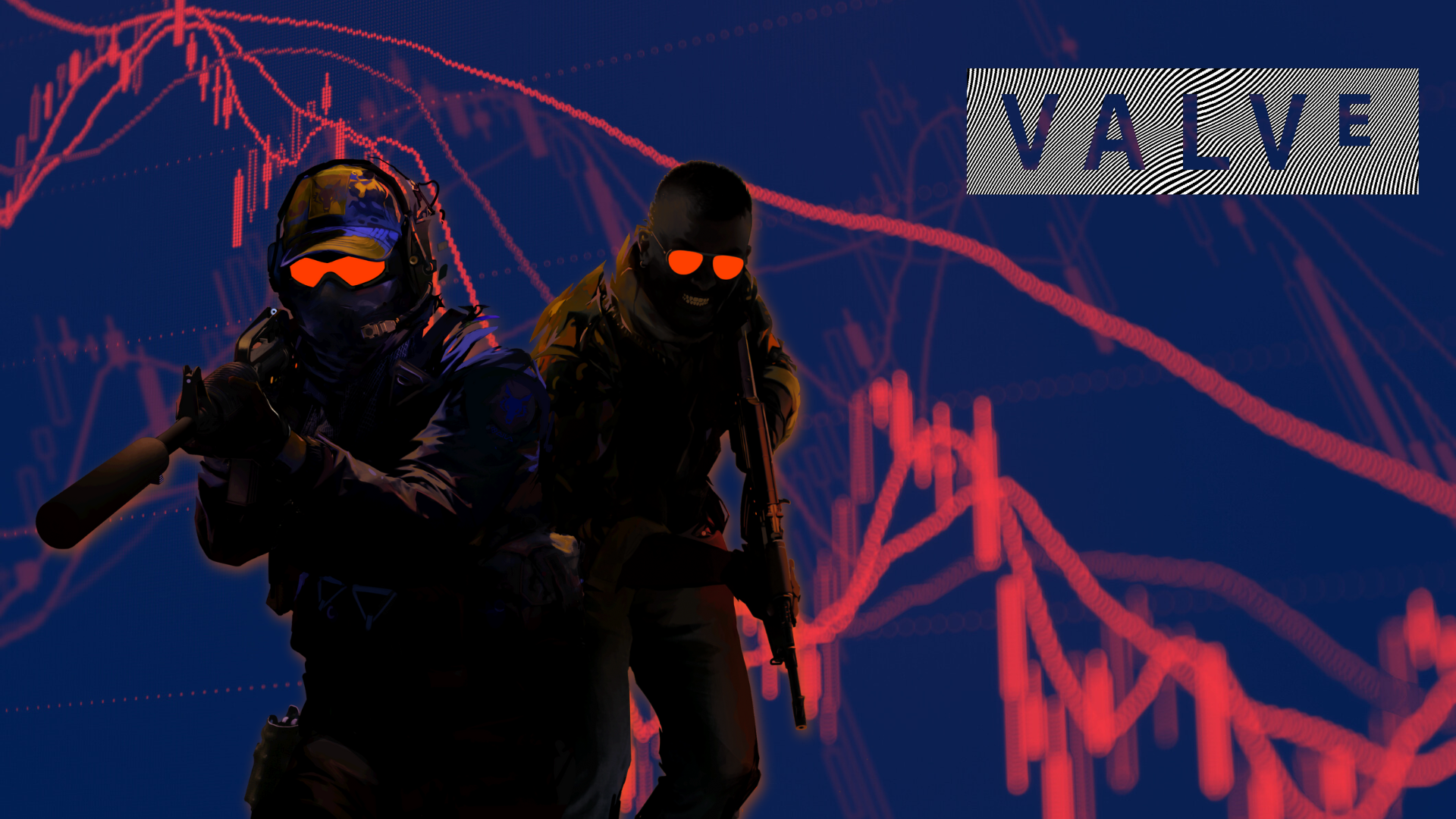Print Fix Hub
Your go-to source for everything print-related, from troubleshooting to tips.
Skins and Schemes: Decoding Player Skin Economics
Uncover the secrets of player skin economics! Explore how skins influence gameplay and the market in this deep dive into Skins and Schemes.
The Psychology of Skins: Why Players Invest in Virtual Aesthetics
The psychology behind skins in video games reveals a fascinating dynamic where players derive significant emotional value from their virtual aesthetics. This investment often stems from the notion of self-expression; gamers use skins to convey their individuality and personal style within digital environments. Studies suggest that players feel a sense of ownership over their virtual assets, which enhances their connection to the game and fosters a deeper engagement. Skins not only serve to beautify avatars but also function as status symbols in online communities, where rarity and exclusivity can elevate a player's perceived skill and standing.
Moreover, the competitive nature of gaming also plays a pivotal role in the allure of skins. Players are often motivated to acquire unique designs to showcase their prowess and commitment to the game, reinforcing their identity within the gaming culture. This phenomenon connects to the broader concept of gamification, where the act of collecting and customizing virtual items taps into fundamental human desires for achievement and recognition. As players invest time and resources into acquiring skins, they engage in an ongoing cycle of motivation and reward, making each aesthetic choice a personal statement integrating both psychological and social dynamics.

Counter-Strike is a popular tactical first-person shooter game that has captivated millions of players worldwide. It revolves around a battle between terrorists and counter-terrorists, with teams competing to complete objectives. If you're looking to enhance your gaming experience, check out the csgoroll promo code that can offer you exciting bonuses.
The Economics of Skins: How In-Game Purchases Affect Player Behavior
The rise of in-game purchases, particularly in the form of skins, has transformed the landscape of online gaming. These virtual items not only enhance a player's aesthetic experience but also significantly influence player behavior. Research indicates that players are more inclined to engage in gameplay when they have a personal investment in their in-game avatar or items. The economics of skins thus becomes a vital aspect to consider, as the desire for unique and personalized skins can drive players to invest real money into virtual economies. This behavior creates a sense of community and competition, as players often showcase rare skins as a status symbol.
Moreover, the impact of these purchases extends beyond individual players. The in-game economy is intricately tied to the dynamics of supply and demand, where exclusive skins can result in fluctuating values within the marketplace. Players often form subcultures around trading skins, which can influence market trends and player engagement levels. As such, understanding the economics of skins becomes critical for game developers who wish to balance monetization strategies with a positive player experience. The successful integration of these purchases can enhance a game's longevity, while poor implementation may lead to player dissatisfaction and a decline in engagement.
Are Skins Worth It? Evaluating the Real Cost of Player Customization
In the world of gaming, the question of whether skins are worth it often arises among players. Skins, which provide cosmetic customization options for characters, weapons, and vehicles, can vary widely in price, sometimes costing as much as a full game. The debate often centers around whether the aesthetic enhancement justifies the monetary investment. For many players, the joy of personalizing their in-game avatar and standing out in multiplayer settings is priceless, enhancing their overall gaming experience.
However, it's important to evaluate the real cost of these customizations. While some players view spending on skins as a form of self-expression and investment in their gaming hobby, others see it as a drain on their finances. It's crucial to consider both the emotional value and the financial implications. A calculated approach involves asking yourself: How often do I play the game?, How much do I enjoy the customization options?, and Is the cost sustainable in the long run? By answering these questions, players can better determine if skins are truly worth the investment.